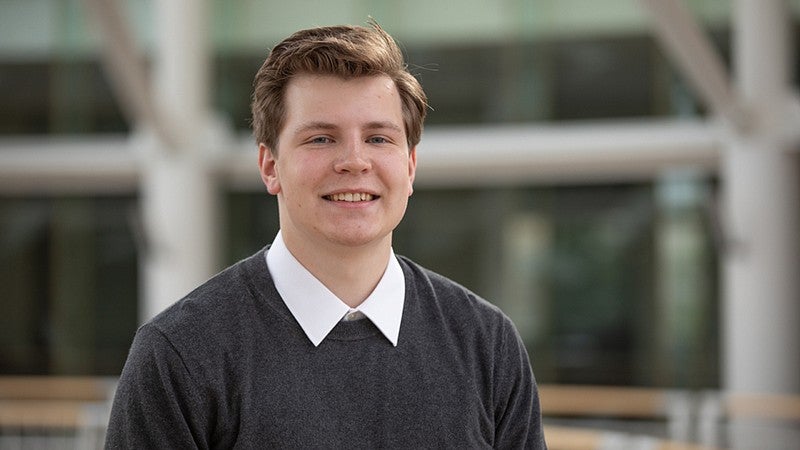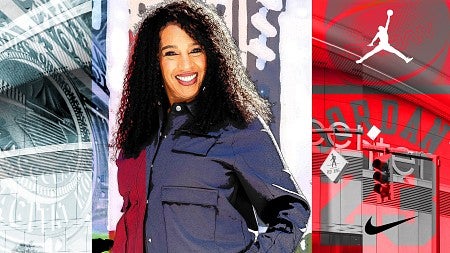
Investment 101: Student Group Manages Big Money
Real-life stock decisions—and real money—drive the UO Investment Group
By Andy Rollo • Photos by Charlie Litchfield • July 0=10, 2019
3 min read
As a junior in college, I won’t voluntarily get out of bed at 8:00 a.m. on a Friday morning unless it’s one thing: the University of Oregon Investment Group (UOIG). This group has been the defining experience of my time at the UO.
Our group is a student-run investment committee—that is, we’re investing other people’s money (real money) in hopes of outperforming certain market benchmarks. We manage two portfolios of stocks, worth a total of $1.7 million. We try to find stocks that are undervalued by the market and invest in them.
The group’s largest portfolio, the Tall Firs portfolio, was started in 2000 by alumni donors Roger Engemann, Grant Inman, Greg Houser, Ralph Rittenour, and the UO Foundation. In 2015, a second portfolio was founded through the UOIG alumni and friends fund, which is supported by gifts from alumnus Howard Svigals, Marilyn and Gerry Cameron, and others.
Both portfolios have outperformed their respective benchmarks, the Russell 3000 and Russell 2000 indices, which are measuring sticks for the performance of portions of the entire stock market.
This intense environment is a breeding ground for lifelong friendships among members, a display of tools learned in the classroom, and a launching ground for exciting careers in fields such as investment banking and asset management.
“This intense environment is a breeding ground for lifelong friendships among members, a display of tools learned in the classroom, and a launching ground for exciting careers in fields such as investment banking and asset management.”
The typical meeting begins with updates on the performance of each portfolio over the week and is followed by two stock pitches. Pitching analysts are given 10 minutes to provide information about a stock and the investment thesis behind the pitch.
As the stock pitch wraps up, the group begins asking the pitching analyst questions. These questions are never softballs. They are pointed, calculated questions that drill down to the foundation of the stock pitch. Many times pitching analysts get frazzled because of the intensity of the Q and A session. The group then discusses the merits of the pitch, and votes to see if a majority of us believe the stock to be undervalued.
The heart of the UOIG is the 8:00 a.m. Friday morning meeting. Week after week, these meetings are energetic and vivid affairs, filled with debate, deliberation, and dispute about the prospects of the possible investment at hand.
When I first joined, I didn’t quite understand why we did what we did. Looking back on my first few meetings, I remember my confusion—and I see it on the faces of our new members each time we take on another class of recruits, called junior analysts or JAs.
I have a better understanding now. Behind all the intense questioning is a dedication to finding the truth within an argument.
We teach our members to trust themselves and to scrutinize the promises of the pitching analyst. As our members head off their separate ways following graduation, each will remember the lessons they learned, the opportunities that the UOIG provided them, and one of the few reasons to get up at 8:00 a.m. on a Friday morning.
Andy Rollo, a double major in business administration and economics and member of the class of 2020, was president of the UO Investment Group for the 2018–19 academic year. The UOIG–part of the Cameron Center within the Lundquist College of Business–is supported by finance faculty. This is his first-person account of the group.



